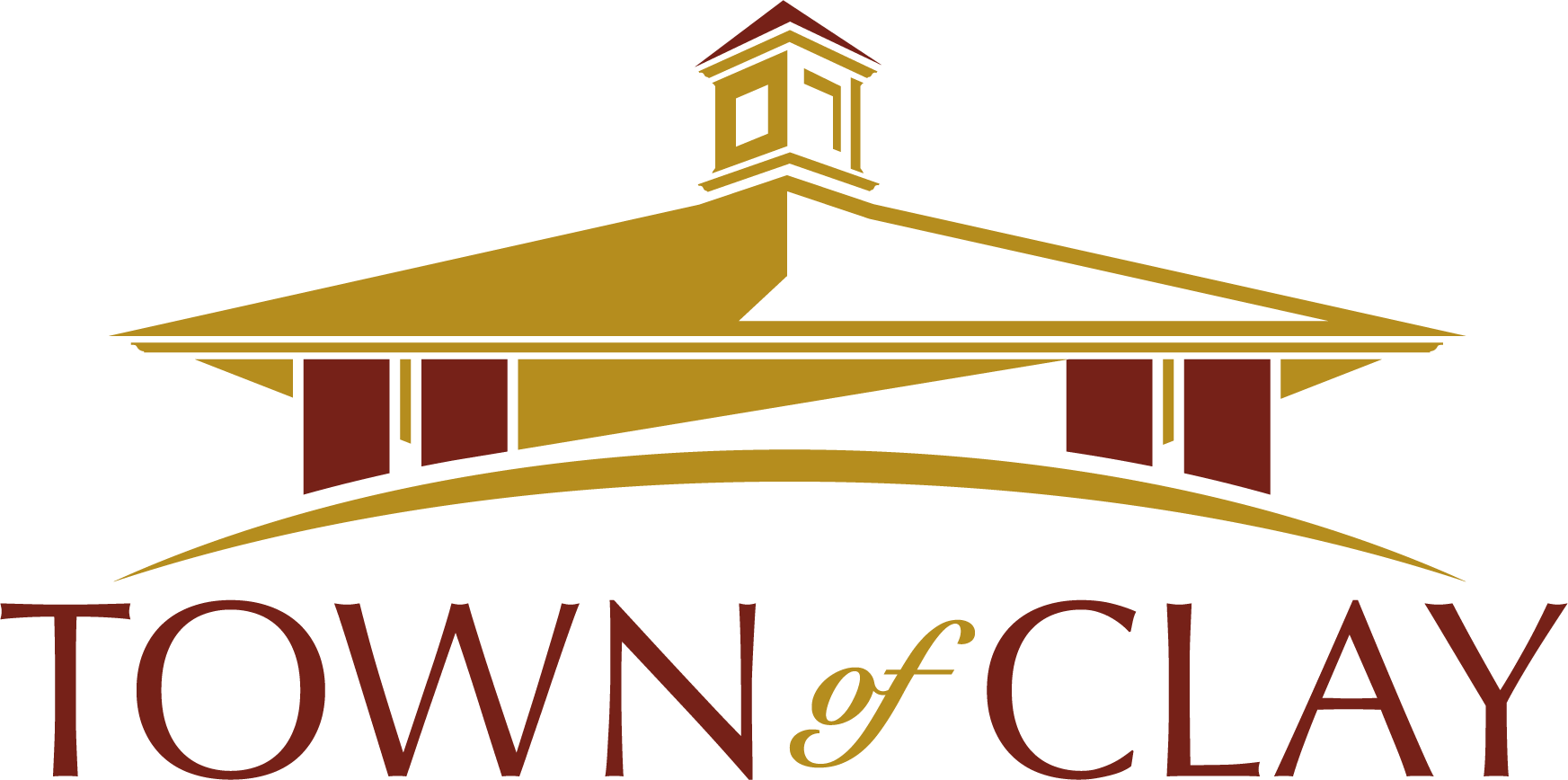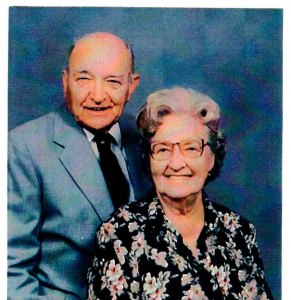Hamlet of EuclidPosted on June 12, 2019 |
REMEMBERING CLAY
Hamlet of Euclid*
Even to this day, Euclid retains many of the original structures of the days that it was a bustling neighborhood with many enterprises. When Clay incorporated in 1827 from the Town of Cicero and the Town of Lysander, Euclid was called Clay Corners. The Post Office established in that same year was found in Gifford’s Store on the corner of what is now Morgan Road and Route 31, but the Post Office was called Euclid. The first postmaster was Andrew Johnson who was also the first Supervisor of Clay. In those days the roads were just wagon tracks. The original school house south of the Clay Corners Tavern was a log structure also used for worship. A few dwellings existed.
As time passed, other businesses arrived: a cheese factory, a pioneer store of Jefferson Freeman, a union school, two wagon shops and a steam saw mill. There were also craftsmen as harness makers, shoe makers, a tailor and others. By 1868, there were 35 houses clustered around. Following are the histories of the old structures still remaining from the past.
From Route 31 the first building on the right is what remains of the original Gifford Store, that was a mercantile, post office, gas station and community meeting place. Later as Williams Market, it was mainly a grocery. Several years ago, it was disassembled and a small portion became a beauty shop. The building directly north was the Baptist Church. Three years after the close of the Civil War, it was constructed by the society organized by Rev. Horatio Warner. When the Baptists became Methodists, the building was sold to the Town for a Town Hall and Highway Department. At present it is a garage and car repair shop. Two houses north of the old church was the parsonage which is now a private home.
Across the street on the west side of Morgan Road stands a large two story building that was the
Euclid Methodist Church. The Christians (Unitarians) living in this area decided they needed a church. It was built in 1837 with donations and labor by these people. Jared Mogg (husband of Lana Young – one of the eight Young siblings who founded Clay and Immanuel Lutheran Church) donated the siding cut in his saw mill. All Protestants were welcome to use it. But in 1854, the Methodist Society, gaining strength and influence, purchased the building. In 1886, they built the present structure and named it the Euclid Methodist Church. In 1887, they joined with the Morgan Church on the corner of Morgan and Wetzel Roads and shared the same pastor for almost a century.
Immediately south, was the home of the woodworker and craftsman, Charles Dence, maker of the lamps from exotic woods which he gave away all over town and can still be found. He also did much innovated wood improvements in the house. South of this is the Platt house. It was the home of Dr. Allen V. R. Snyder who began his practice in Euclid in 1851, but had to retire in 1861 because of failing eyesight. He resided here for many more years.
On the northwest corner of Morgan Road and Route 31 stands the building that reminds us that this was the Hamlet of Euclid - the present-day Euclid Restaurant. The original Clay Corners Tavern was built around 1817 with several sheds and a barn to the east of it. In 1853, J. M. Rouse, a new owner, decided to reverse the structures. So, using the material from the old hotel, he built the present enlarged building. There were many proprietors who made improvements. Over the years, the first floor porch was enclosed, then the upstairs porch was enclosed to keep out the dust from the dirt roads and inside it was renovated several times. In 1913, Isobel Breen, who sold the Euclid to the present owner in 1981, passed away at 89. Over the years, it has been named the Clay Corners Tavern, Euclid Inn, Euclid Hotel, Olde Euclid and the Euclid Restaurant.
There are probably many other buildings around the old Euclid Hamlet that survived, but the Euclid is the oldest still being used for the intended purpose.
*Information from “Welcome To Clay” and notes from Freda Lewis
Dorothy Heller, Historian
Other
Remember Clay Stories

Carl Sotherden* Reminisces on Harvesting Hay, Grain and Corn
Remembering Clay | Mar 14, 2012
We continue with Carl’s memories: “As my brother and I grew, we soon were driving the horses on the hay fork with one driving the team and the other handling the hay rope and ‘whiffletrees’.
Hiram Sharp - Part VI
Remembering Clay | Aug 20, 2014
Hiram Sharp - Part VI - American Patriot in the Australian Colonies*

